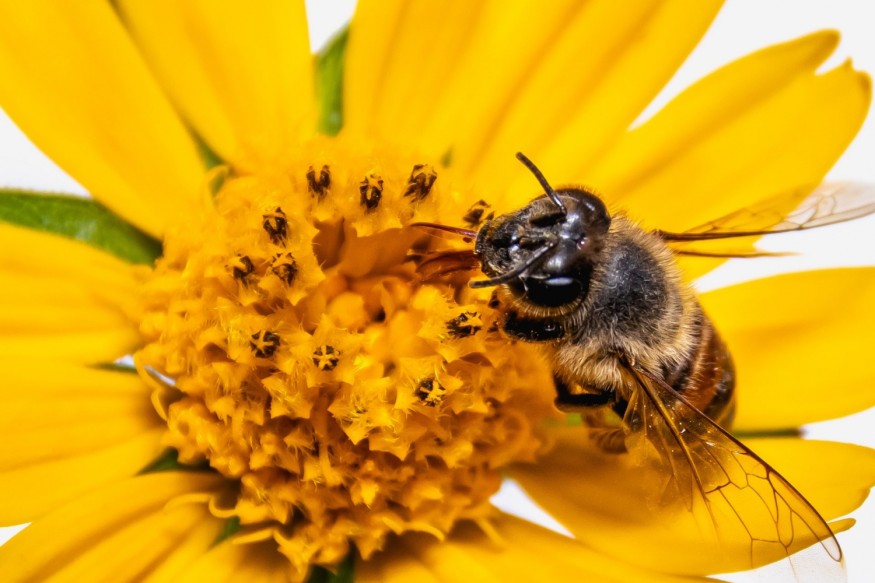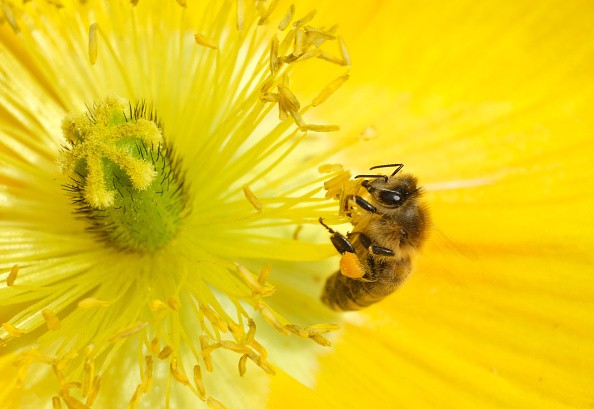A 4-year-old girl discovered two colonies of rare stingless bees with a penchant for nature, animals that experts assumed were long gone and that no adult had noticed.

Many adults are perplexed by Annika Arnout's mastery of nature, mainly owing to scientist Targe Lindsey. He's Annika's babysitter, who was brought in by her parents when she was three months old to experience the natural world in her Palo Alto area.
Annika's Amazing Bees
Annika, a seasoned naturalist by now, discovered small bugs that weren't just any bugs this year. Her finding was sent to Dr. Martin Hauser, a senior insect biosystematist at the California Department of Food and Agriculture's Plant Pest Diagnostics Branch.
The bugs Annika discovered are stingless bees from Brazil, which are considerably smaller than the regular honey bee and aren't meant to be here. Instead, Annika found the insects in a secret area that she refused to reveal to safeguard her "special place."
Bees Helping Vegetation

The US Department of Agriculture sought bees to help increase the amount of fruit and vegetable harvests decades ago.
"The USDA requested a Brazilian researcher to bring them bee colonies in 1950 to investigate whether they might have alternative pollinators," Hauser explained. "He dispatched them to Gainesville, Florida, Logan, Utah, Davis, and Palo Alto in the 1950s. But, unfortunately, he also said that all the bees died in a year."
"They did not enjoy the cold in Utah. They wouldn't have been able to compete in Florida."
Visiting Palo Atlo's Stinglee Bees
They also traveled to Palo Alto to see Stanford professor George Shafer. According to Hauser, only the colonies given to Dr. Shafer survived for eight years in Palo Alto. For 70 years, the bees went unseen - until last year, when a 4-year-old girl saw them.
"It shows us when you have a fresh viewpoint through the eyes of a child," he explained. "She simply looked at it, and she just - there's something different for these bees."
Annika had discovered stingless bees that were undoubtedly descendants of those brought in as USDA pollinators. But, unfortunately, they were thought dead, and Dr. Hauser's huge collection held no trace of them.
In fact, until nearly 20 years ago, Hauser had never heard of stingless bees from Brazil. But then, he received a submission from a "pest control man" in Palo Alto, which he initially mistook for a joke.
Richard Schmidt was the man a Palo Alto resident hired to get rid of buzzing pests in her yard. However, Schmidt claims that instead of killing them, he sent a handful to the county agriculture department.
Schmidt said, "I hadn't seen them before." "I caught a few of them and handed them over to our county's [Agriculture] department. They had no idea who they were. As a result, it was transferred to the state."
Hauser subsequently recognized he had made a mistake and sent the bees to various specialists across the world, who were all perplexed.
"They all asked, 'Where did you discover it?' and I told them, Palo Alto," he explained. "And so he eventually came up with the fact that it's a species reported by a German bee researcher in the year 1900."
The tree collapsed, and the bees vanished when he broke the case. Annika's bees were social media stars on iNaturalist, a website that posted images Targe took, and that was all he had until this year when Annika's bees became social media stars on iNaturalist, a website that posted pictures Targe took.
Annika's discovery impressed Hauser.
"I was blown away by the fact that she discovered two colonies," he added. "It's incredible that she found two when all the scientists couldn't."
Annika and Dr. Hauser

Annika is a rare find for Dr. Hauser, much like the bees. He was eager to meet her since it was essential to him. He's urging kids to be as inquisitive about nature as he was when he was younger.
He gave her the biggest insect book he could find when they first met, along with a beautiful message that said, "To Annika, for many more discoveries to come."
However, Annika's bees aren't mentioned in the book. The bees have no name despite more than a century of accidental encounters. However, it has been suggested that the stingless bees from Brazil be dubbed "Annika's Bees."
Also Read : Mosquito Tornado Invades Russia as Swarms of the Mate Craved Insect Flies Around in Swarms
© 2025 NatureWorldNews.com All rights reserved. Do not reproduce without permission.





